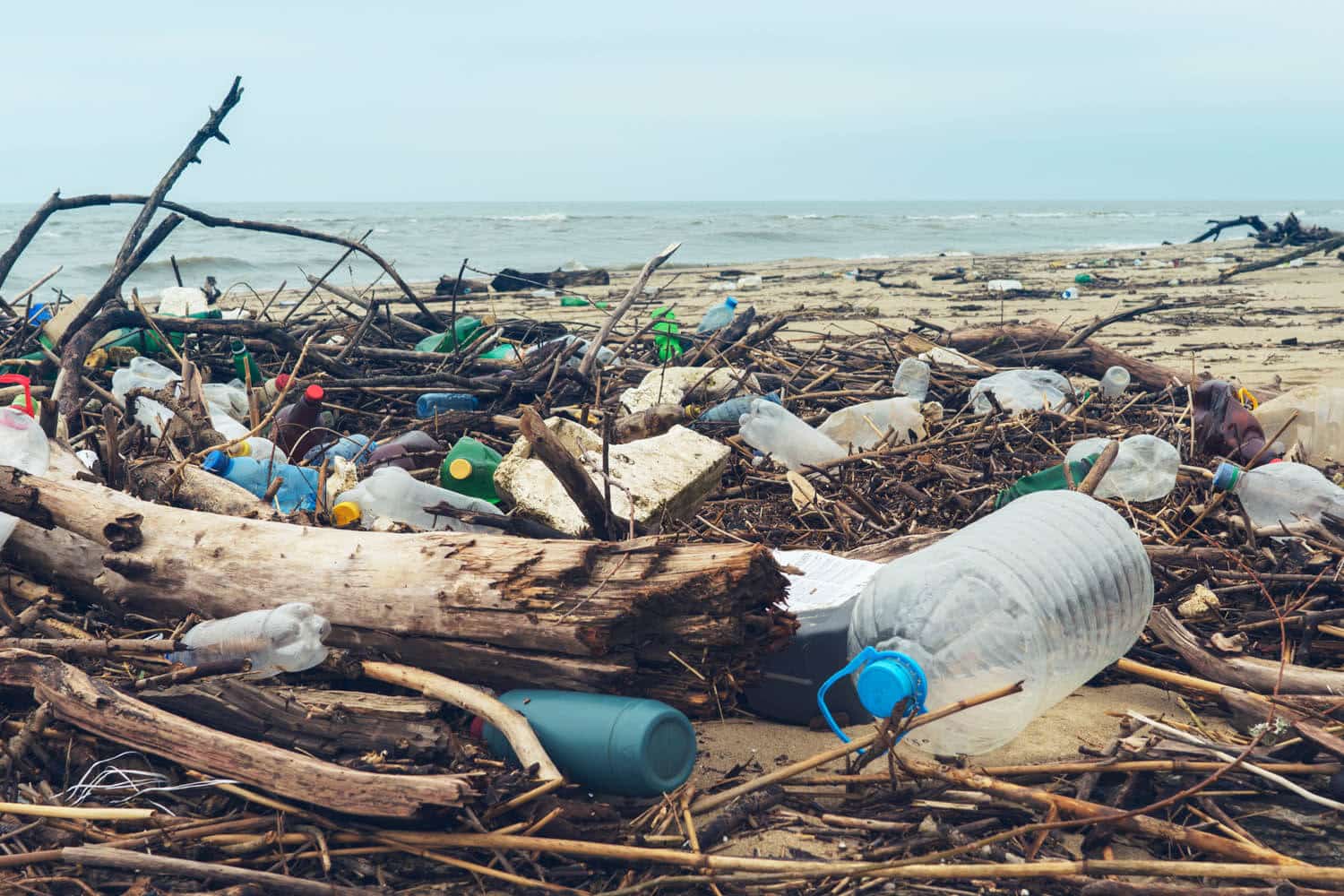Stay Informed & Connect With Us
Stay informed about the latest action alerts, coalition news, upcoming events and more.

SIGN UP
Get latest to receive our newsletters and email updates.
Sign up now »
NEWSLETTER ARCHIVE
2023
January 2023
February 2023
March 2023
April 2023
May 2023
June 2023
July 2023
August 2023
September 2023
October 2023
November 2023
December 2023
2022
January 2022
February 2022
March 2022
April 2022
May 2022
June 2022
July 2022
August 2022
September 2022
October 2022
November 2022
December 2022
2021
January 2021
February 2021
March 2021
April 2021
May 2021
June 2021
July 2021
August 2021
September 2021
October 2021
November 2021
December 2021
Latest News About Plastic Pollution
Environmental Health News
Subscribe to Plastic Pollution Newsletter

One of the country’s largest petrochemical complexes wants to expand amid community backlash
BAYTOWN, Texas — Exxon’s Baytown complex in the Houston-area has the third largest oil refinery in the U.S. and is requesting permit renewal for its olefins plant despite repeated violations to the Clean Air Act. Exxon’s renewal permit needs to be approved by the Texas Commission on Environmental Quality (TCEQ) every five years. The renewal was contested by residents and activists alike at a meeting this week due to pollution concerns and 12 consecutive quarters of Clean Air Act violations at the Baytown Olefins Plant, one of the largest in the world. The Baytown Olefins Plant manufactures approximately 10 billion pounds of petrochemical products each year, according to Exxon, and also emits chemicals like benzene which is classified as a carcinogen by the U.S. Environmental Protection Agency. The plant produces materials for products like plastics and tires. The TCEQ permitting board held a notice and comment hearing with Exxon representatives on Monday, Feb. 5. Community members expressed concern over the planned expansion and pointed to ongoing pollution and the company’s spotty record, while Exxon representatives stated a reduction of 50% in emissions of volatile organic compounds from 2019 to 2022 at its olefins plant. “The intensity of our emissions has continued to decrease as we’ve grown in capacity at this site,” said during the meeting Exxon representative Thomas Wauhob.Exxon uses some air monitoring data from the Houston Regional Monitoring (HRM), which they partially fund. TCEQ recognizes HRM as an approved source for air monitoring. When asked by members of the public, Exxon claimed to be unaware of any current Clean Air Act violations and stated that they were “in compliance” with all environmental regulations. However, five fines totaling $76,462 were issued for violations of the Clean Air Act at the olefins plant from February of 2020 through August of 2023. There is no available data on if the fines were collected.Exxon’s Baytown complex has a history of violating the Clean Air Act and currently is in a 13-year litigation process of appeals in the case of Environment Texas Citizen Lobby v. ExxonMobil Corp. The case alleges that Exxon contributed to 1.5 million pounds of illegal pollutants from October 2005 through September of 2013. The most recent ruling upheld the fine of $14 million dollars, the largest ever citizen lawsuit penalty. When asked about the case in the question period of the hearing, Exxon said that it was in another process of appeals and that they do not believe they went against any regulations.The surrounding area within a mile of the Baytown Olefins Plant is in the 99th percentile for air toxics cancer risk, toxic releases to air and respiratory hazards. Baytown’s population is 78% people of color, and 29.4% do not have health insurance, according to the U.S. Census Bureau.“Your zip code should not determine whether or not you get cancer”Personal stories of cancer and resulting loss filled the room on Monday evening. Nearly every person that spoke either had cancer or spoke of someone they knew with cancer.“Your zip code should not determine whether or not you get cancer,” said Shiv Srivastava of the Houston-based environmental justice group Fenceline Watch. “How many more people does it take?” asked Dominic Chacon, from Texas Campaign for the Environment. “Is it 50, 100, 200? You may get tax abatements from us, but we refuse to fund our own deaths.”If the permit is renewed, Exxon has plans to add a ninth furnace to the Baytown Olefins Plant. Individuals that live near the current eight furnaces shared complaints of cracks in their walls, issues opening windows or vibrations in their floors. “It’s chaos in my house,” said Shirley Williams, whose backyard neighbors the furnaces. “We can’t sleep at night. We call, you say you’re [Exxon] going to come, and you never come.”“Every week I straighten my pictures due to the vibration coming from the ‘great 8’ furnaces,” said Baytown resident Janeice Carroll. “When the ground flare is blazing, there’s no chance for sleep. I can’t believe we are talking about a ninth furnace when you can’t run the eight you already have.”If the TCEQ approves the permit, the EPA has 45 days to reject the approval, according to a spokesperson from the TCEQ legal department. At this time, the comment period has ended, but community members did ask for an extension which has yet to be granted.

Keep PFAS out of your sex life
Two brands of condoms and one brand of lubricant have detectable levels of organic fluorine, an indicator of the group of chemicals known as PFAS, according to a new report from Mamavation. Partnering with EHN.org, the environmental wellness blog and community had 25 condoms and four lubricants tested by a U.S. Environmental Protection Agency-certified lab and found levels of organic fluorine ranging from 13 parts per million to 68 ppm. Three condoms — two of the same brand — and one lubricant had detectable levels of organic fluorine, while the rest of the products had no detectable levels. Organic fluorine is a strong indicator of per- and polyfluoroalkyl substances, also known as PFAS or “forever chemicals”— which have been linked to health effects including reduced immune system function and vaccine response, developmental and learning problems for infants and children, certain cancers, lowered fertility, endocrine disruption and other impacts. The report builds EHN.org and Mamavation’s growing library of consumer products tested for evidence of PFAS, including products such as contact lenses, pasta and tomato sauces, sports bras, tampons, dental floss, electrolytes, butter wrappers, fast food packaging and diapers. While many are aware of PFAS pollution in water, Mamavation’s testing continues to find that we’re also exposed by the things we wear or eat — or, in this case, use in the bedroom. To see an in-depth look at why and how PFAS ends up in many of these products, see our investigation PFAS on our shelves and in our bodies. What does PFAS in condoms and lube mean for our health?The exposure risk to PFAS through the skin is not entirely clear, however, previous lab research by the National Institute for Occupational Safety and Health found that PFAS skin exposure poses similar health risks as ingesting the chemicals via food or water.”Because condoms are an exposure to the most sensitive areas on the human body for both men and women, I would strongly recommend the industry identify and remove these exposures immediately,” Linda S. Birnbaum, scientist emeritus and former director of the National Institute of Environmental Health Sciences and National Toxicology Program and scholar at residence at Duke University, told Mamavation of the new findings. “The vagina and penis are incredibly vascular areas and dermal exposure to these areas are often higher than other places of the body.”Terrence Collins, Teresa Heinz professor of green chemistry & director of the Institute for Green Sciences at Carnegie Mellon University, told Mamavation that it is “chemically certain” that the female reproductive tract will be contaminated by some of the chemicals in condoms.“I fear about what this might mean for fetal development. We must expand safety testing to assess the endocrine disruption activity of chemicals that we put in condoms.” What condoms and lube are PFAS-free? While the bad news is that any condoms or lube had evidence of PFAS, the good news is that 86% of the products — including some from popular brands like Durex, Lifestyles and Astroglide —showed no sign of the chemicals.To see of full list of which diapers had evidence of PFAS and which did not, check out the full report at Mamavation.The testing is part of an ongoing effort by Mamavation and EHN.org to identify PFAS in common consumer products. Follow our PFAS testing project with Mamavation at the series landing page.Want to know more about PFAS? Check out our comprehensive guide.
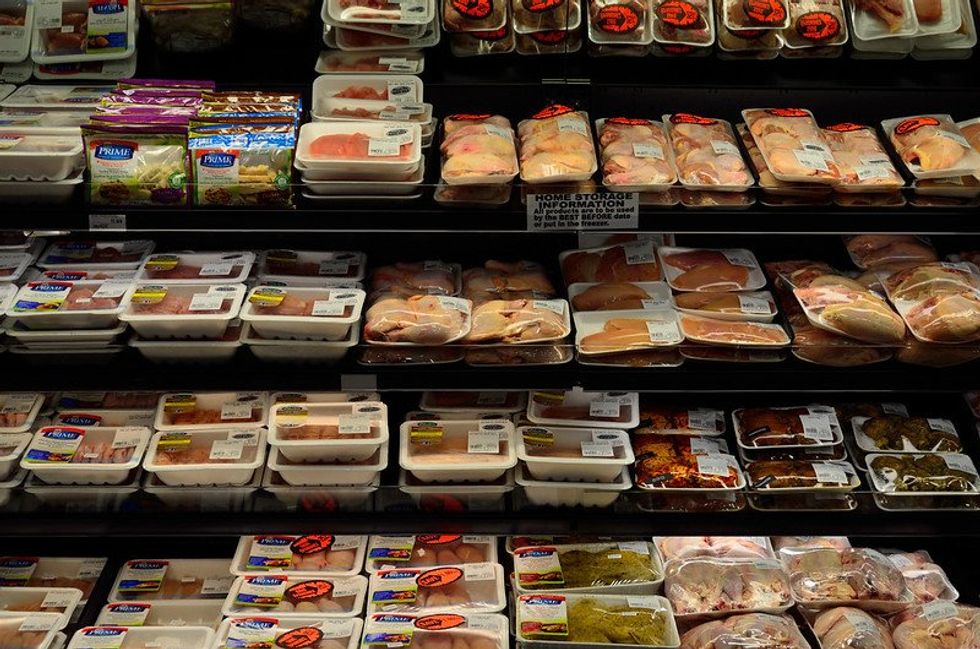
Foods we eat may be wrapped in harmful plastics linked to premature births
A recent study suggests a connection between phthalates in food packaging and a rise in premature births. Sandee LaMotte reports for CNN.In short:Researchers link phthalates, chemicals in clear food packaging, to premature births, identifying them as potential disruptors of placental function.Approximately 57,000 preterm births in 2018 in the U.S. may be attributed to these chemicals, posing a significant cost to society.Despite industry claims of safety, experts call for broader regulation, highlighting the greater risk posed by chemical exposure.Key quote: “Phthalates can also contribute to inflammation that can disrupt the placenta even more and set the steps of preterm labor in motion.” — Dr. Leonardo Trasande, director of environmental pediatrics at NYU Langone HealthWhy this matters: The study addresses the need to reassess the safety of everyday products and their impact on health, particularly for the most vulnerable. By connecting phthalate exposure to serious health outcomes like premature births, this research highlights the broader issue of chemical safety in consumer products and the potential long-term effects on public health.
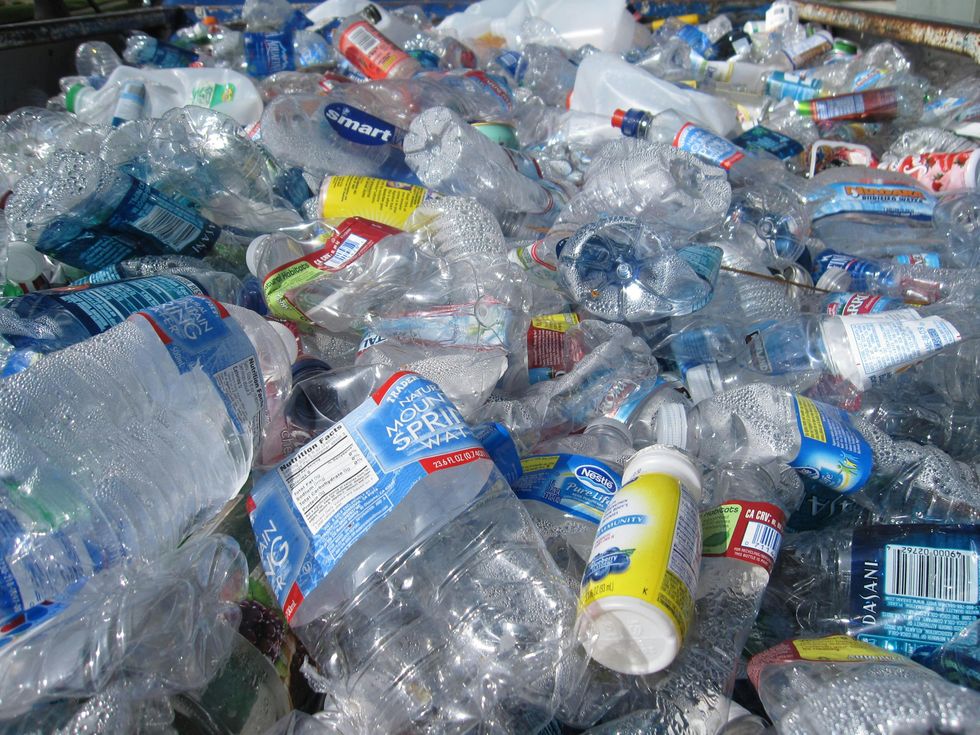
Transforming plastic waste into biodegradable silk
A breakthrough at Rensselaer Polytechnic Institute reveals a method to convert PET plastic into biodegradable material using bacteria, offering a dual solution to plastic pollution and sustainability.Adele Peters reports for Fast Company.In short:Researchers have developed a process to turn PET plastic into a biodegradable material similar to spider silk, addressing plastic waste and sustainability.The method involves genetically modified bacteria that consume plastic and produce a silk-like substance, potentially replacing traditional plastic products.This innovation could revolutionize material manufacturing, reducing reliance on harmful chemicals and minimizing long-term environmental pollution.Key quote: “What we’re using is a process that’s very similar to brewing beer.” — Helen Zha, assistant professor of chemical and biological engineering, RPIWhy this matters: By transforming plastic waste into biodegradable materials, it tackles the persistent issue of plastic pollution affecting our ecosystems and health, potentially reshaping manufacturing.How plastics damage our lives and the environment—and why recycling is not the answer.
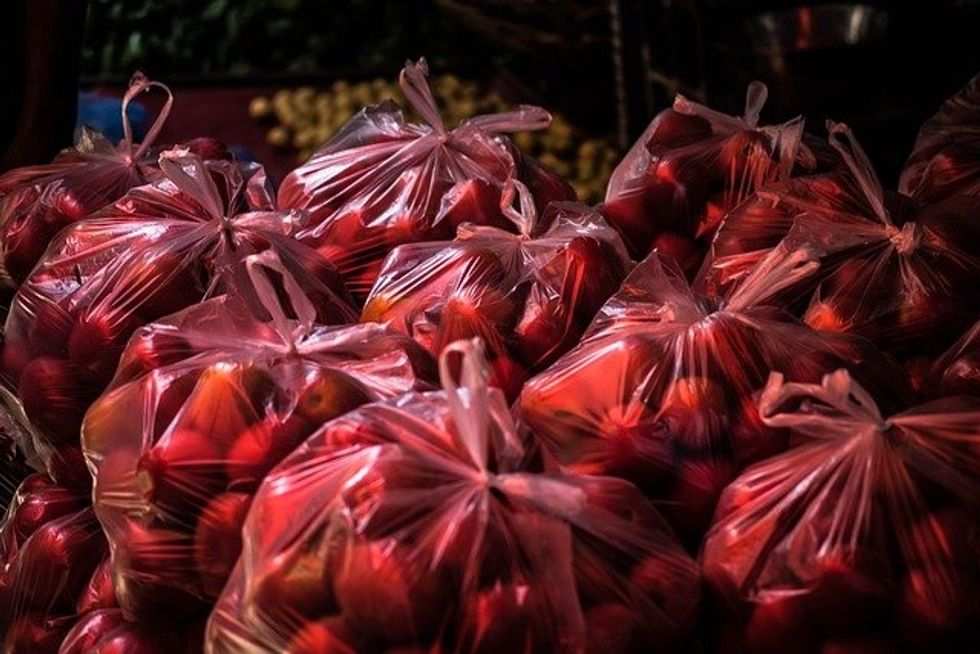
Kansas proposes law to preserve single-use plastics
In Kansas, a new bill aims to prevent local governments from banning single-use plastics, challenging environmental efforts.Jack Harvel reports for The Topeka Capital-JournalIn short:Kansas lawmakers are revisiting a bill that would stop cities and counties from banning or taxing single-use plastics like bags and straws.The bill, if passed, would overturn existing bans like Lawrence’s recent prohibition on plastic bags, set to start in March.Proponents argue the bill protects businesses and simplifies supply chains, while opponents cite environmental concerns and local governance rights.Key quote: “This bill takes away a tool that counties would otherwise be able to use in their solid waste plan.”— Jay Hall, deputy director for the Kansas Association of CountiesWhy this matters: This legislation highlights the tension between local autonomy and state authority in addressing environmental challenges, a significant issue in today’s policy landscape.From making it to managing it, plastic is a major contributor to climate change
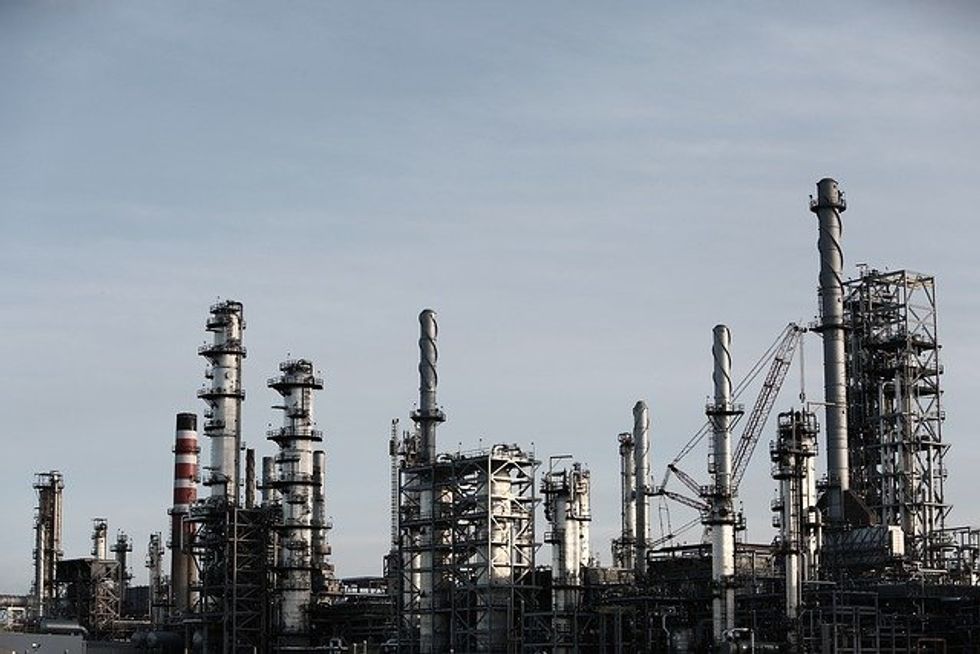
Expansion of PVC industry continues despite environmental concerns after Ohio disaster
Despite the environmental and health risks highlighted by the East Palestine, Ohio chemical disaster, the PVC industry is experiencing growth, raising concerns among environmentalists.Schuyler Mitchell reports for The Intercept.In short:The East Palestine disaster, involving a train derailment and release of toxic vinyl chloride, prompted calls for stricter safety regulations and scrutiny of the chemical.Vinyl chloride, used in PVC production, poses significant health and environmental risks, including cancer, in marginalized communities.Despite these concerns, major petrochemical companies are expanding PVC operations, and the industry is lobbying heavily against regulatory efforts.Key quote:”We’re definitely concerned that, at the same time as we’re learning more and more about the dangers of vinyl chloride and the chemicals associated with its life cycle, the plastics industry has been expanding in recent years, including the PVC plastics industry.”— Mike Schade, Campaign Director for Toxic-Free Future.Why this matters:The continued expansion of the PVC industry, despite known health risks and recent disasters, highlights a significant challenge in balancing industrial growth with public health and environmental protection. This story connects to broader national concerns about industry regulation and environmental justice.For additional context: Widely used PVC plastic chemical spurs obesity, prediabetes


